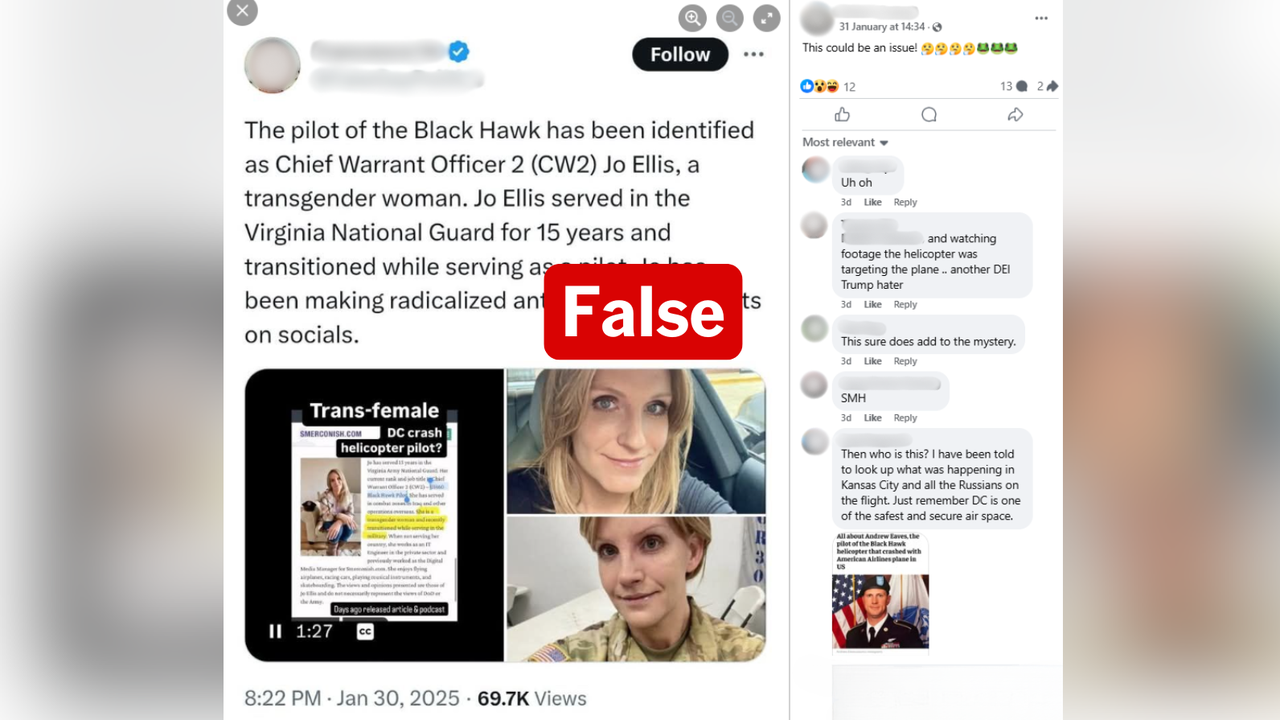WHAT WAS CLAIMED
An American Medical Association document confirms Pfizer's COVID-19 vaccine ingredients and effects vary depending on their "batch".
OUR VERDICT
False. The claim misunderstands the AMA document listing vaccine ingredient data for different age groups.
A Facebook post claims Pfizer's COVID-19 vaccine ingredients vary according to their batch by linking to an interview featuring US author Naomi Wolf with former Donald Trump strategist Steve Bannon.
During the interview, Wolf asserts that the batches have "different effects" on vaccine recipients.
"It would appear that some batches could have more of the spike protein, more of the lipid nanoparticles … and so this is truly shocking," she says. "And they're not adjusted for weight and size."
But AAP FactCheck confirmed with Australia's Therapeutic Goods Administration, the American Medical Association (AMA) and Pfizer's press statements that Wolf and Bannon misinterpreted the document they use to make the claim.
The AMA document, called Appendix Q, lists vaccine batches according to their code, descriptor, manufacturer and dosing intervals.
The "different batches" represent the vaccine formulations intended for different age groups, and do not indicate that "different people are getting different dosages of the active … ingredients", as Wolf claims.
Wolf's claim was circulated in a post by former independent Australian senator Fraser Anning, who was formally censured for blaming the 2019 Christchurch mosque attack on Muslim immigration. He posted a link to his 125,000 followers to a blog article headed, "Vaccine ingredients changed based on batches - confirmed by Naomi Wolf".
"Now there is proof via AMA documents that they are distributing different doses of the active ingredient in the COVID vaccines based on batch number," the article claims. "Pfizer was adding varying amounts of active ingredient to their experimental COVID vaccines".
The AMA told AAP FactCheck in an email that Appendix Q, referred to in both the article and the video, is a table listing different CPT (current procedural terminology) codes for each unique vaccine product.
An AMA spokesman said CPT was a code set used to report medical services provided to patients.
"Unique CPT codes and descriptors are assigned to clinically distinguish each COVID-19 vaccine product and dose for better tracking, reporting and analysis that supports data-driven planning and allocation during the pandemic," he said.
The table lists four unique Pfizer vaccine products: two of 30 mcg/0.3 mL dosage, one of 10 mcg/0.2 mL dosage, and one of 3 mcg/0.2 mL dosage.
The product information for the Pfizer Comirnaty vaccine published by the TG explains those dosages. For example: "One dose (0.3 mL) contains 30 micrograms of Covid-mRNA Vaccine (embedded in lipid nanoparticles)". This is intended for ages 12 and above. Doses intended for ages five to 12 are 0.2mL containing 10 micrograms of Covid-mRNA Vaccine (embedded in lipid nanoparticles).
Not listed in the TGA information is the 3 mcg/0.2 mL dose. Pfizer declined to comment to AAP FactCheck, but a February 1, 2022 press release from the vaccine manufacturer confirms this dosage is intended for children aged 6 months to 5 years. It has been submitted to the US Food and Drug Administration for emergency use authorisation.
In the interview, Wolf says of the Pfizer vaccine: "There are different batches, essentially, with different codes … and that they are having different effects" (video mark 1min 37sec).
She goes on to claim: "Different people are getting different dosages of the active, and possibly the dangerous, ingredients" (video mark 3min 21sec).
Wolf also links the different batches to a "spike … of millennial deaths".
But a TGA spokesman confirmed to AAP FactCheck in an email that the active ingredient concentrations in the batches listed on the AMA table were different only "depending on the age of the vaccine recipient, which was supported and approved based on clinical trial and quality data".
The spokesman said there were two variations of the 30 mcg/0.3 mL dosage, reflecting the TGA's approval in December 2021 of a different formulation to help stabilise the vaccine.
AAP FactCheck has previously investigated false claims concerning the new formulation, which adds a compound "to stabilise the Pfizer vaccine during storage at higher temperatures, increasing its availability".
The TGA spokesman also confirmed the Pfizer COVID vaccine available to adults on the first day of its rollout was the same available today.
"Yes. There are two adult presentations of the Pfizer vaccine Comirnaty now registered in Australia with both giving you the same dose of active ingredient when you are immunised," he said.
"The original version required dilution before being used while the newer version contains different inactive buffer ingredients and is ready to use without dilution. Both versions have been demonstrated to have an equivalent safety and efficacy profile."
He also said the TGA would be made aware of any changes to the vaccines, contrary to Wolf's insinuation they could be changed arbitrarily.
"A manufacturer must seek approval from the TGA before making any changes to how the vaccine is manufactured or the specifications," the spokesman said.
He said TGA's laboratories verify and monitor information provided by manufacturers, including the concentration of ingredients, and there was no evidence any specific batch of COVID-19 vaccine released in Australia was associated with a higher rate of side effects.
The Verdict
Naomi Wolf's claim an American Medical Association document shows people are receiving differing dosage strengths of Pfizer's COVID vaccine depending on the batches is false. The different dosages reflect the different age groups they are intended for, with the exception of the two adult vaccines, which reflect a change in formulation in December 2021 to add a stabilising compound. This has been confirmed to AAP FactCheck by the AMA, the Therapeutic Goods Administration and Pfizer's press statements.
False – The claim is inaccurate.
AAP FactCheck is an accredited member of the International Fact-Checking Network. To keep up with our latest fact checks, follow us on Facebook, Twitter and Instagram.












